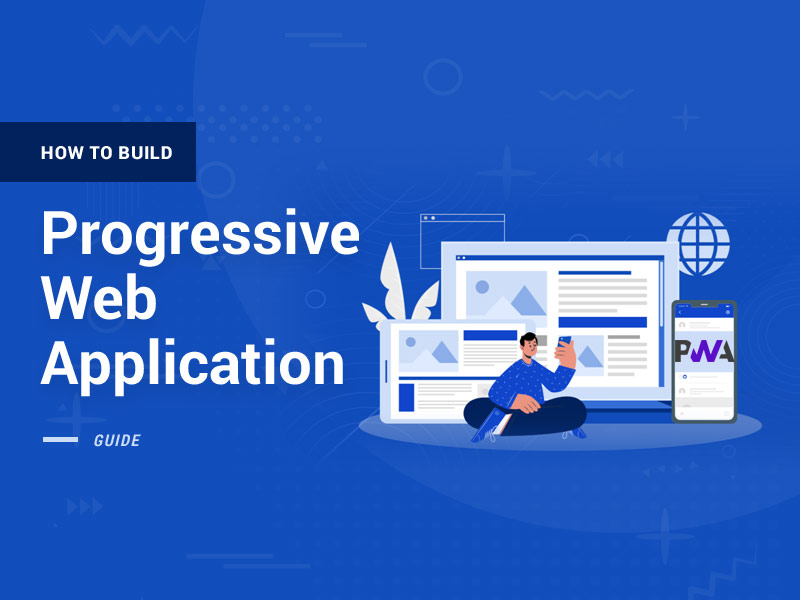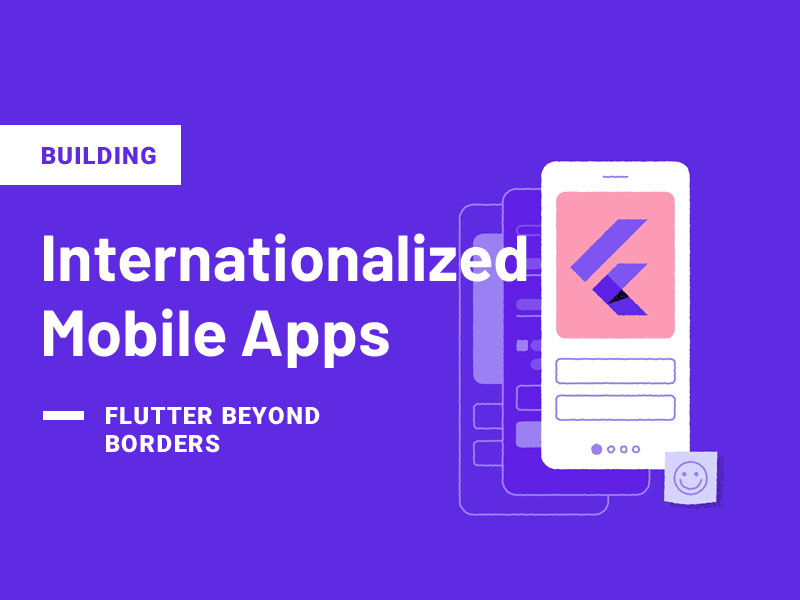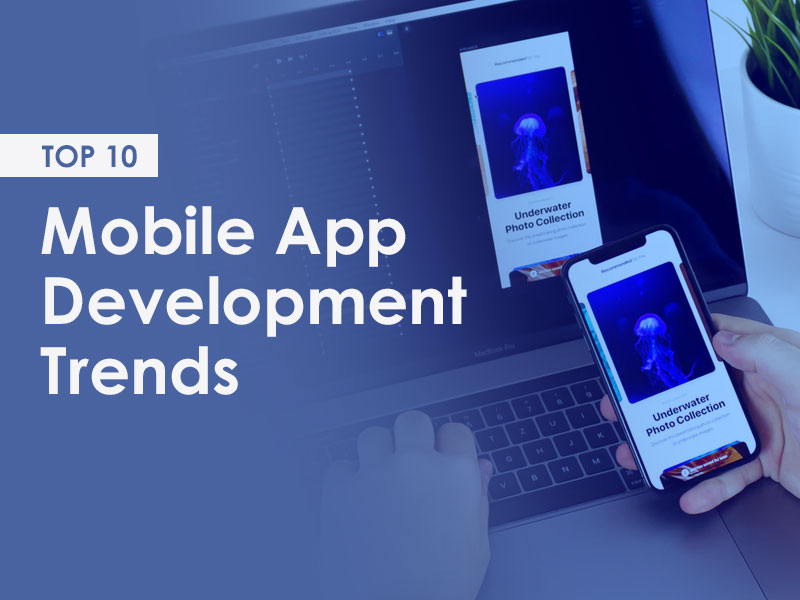The PWA that stands for Progressive Web Application is a web app that uses web browser APIs & features to build a cross-platform web application that looks like a Native one and brings a similar experience. Or we can say that it is a kind of a Native application that opens with the assistance of a browser.
It is feasible to install it on the smartphone home screen, receive push notifications and access it offline. Among the most efficacious PWAs are Starbucks, Pinterest, Twitter Lite, The Forbes, Washington Post, and more.
In contrast, a single-page app is a web page, where the central part reloads depending upon your inquiry, devoid of reloading the complete page. SPAs are accessed through a browser & upload the requested data dynamically from the webserver. For instance, some famous SPAs are Google Maps, Gmail, Linkedin, Facebook, and GitHub.
How to Make Progressive web application?
Not every web application can be named a PWA. Because of its core architecture, the real PWAs contain:
- Encrypted HTTP protocol (HTTPS).
- A manifest file.
- One or several service workers.
- A fast-loading time.
Just read ahead to get more knowledge about these PWA features.
Encrypted HTTP protocol (HTTPS)
Any web app should be a safe site and browsed from a secure network. This quality makes a website reliable and facilitates users to make safe transactions deprived of having second thoughts.
Manifest file
Secondly, the manifest file is a JSON file. Its vital role is to regulate how an application looks to the end-users. Moreover, it ensures progressive application discoverability by defining its name, icons, starts URL, and any further information to move from the website format into an application one.
Service workers
These are scripts that regulate how a web browser manages asset caching and network requests. With the assistance of service workers, professional web developers built fast and reliable web pages that can also work offline.
Core Architecture
Because of being deployed seamlessly and smartly, the PWA’s main feature and incredible advantage, among many others, is its good loading time.
Benefits of progressive web app development
Of course, many types of applications besides PWAs utilized today: single-page apps, native apps, and hybrid ones. But, the kind of web application that will match well with your particular business should be selected based on your business requirements, needs, and the main features an application will offer to your users. Let’s explore the benefits of progressive web app development for such reasons.
Fast and Easy to Install
You can install Progressive web applications from the web browser to all devices. With this feature, user rejection of a web application is significantly lower with intensely improved benefits towards user experience.
The installed application remains on the mobile device or desktop home screen, and anyone can access it from there. Moreover, installing the PWA to use it is not compulsory as we can do it through an URL. Users find it flexible, credible, and reliable because of easy access to the application.
Like a Native Application
Presently, some users prefer mobile applications to web browser ones and contrariwise. Everything relies upon personal preferences and the convenience of use. However, a propensity makes mobile apps a much better choice.
PWAs seem both excellent and feel like mobile applications having website-like performance. Apart from that, the design of PWAs is the same as the design of Native apps; PWAs and Native applications have the same effect on user experience, responsiveness, the same speed, and inclusive capabilities of websites with automatic data and database access. For this reason, Google, Bing, and other effective search engines index PWA pages and get them very soon.
Improved Performance
The operating speed of a progressive web application improves with the fact that this application can function effectively, operate as a cache, website, and serve text, pictures, and other content.
This kind of software improves the page-load speed, improves retention rate; user experience, and encourages customer loyalty; hence, if you have a business in the content provision or retail, this kind of cross-platform mobile application development is just for you!
Operating Offline
Besides functioning everywhere, PWAs can work offline. Hence, when your network connection is not correctly working, this type of application will still act as a clock, but in an offline mode.
Because of the incorporated service workers, information and the features of the PWA are saved & cached. This service enables accessing the PWA without downloading it, specifically poor connectivity. The application is worth all the best if we talk about the retail industry.
In the case of net crashes, it still facilitates viewing information users retrieved previously, and in case the information is latest – they redirect to a norm offline page. This way, users will not abandon the catalogue, which will improve customer involvement.
Working Everywhere
PWAs have the competence to work everywhere. Consumers who frequently switch between their devices can take cross-support anywhere. Professionals do it to meet consumer requirements, ensure that they receive a consistent experience, and contribute to business automation.
When talking about the companies that depend on PWAs, they must know that the software their workers use performs its finest, be it a platform or an application version. PWAs are incredibly responsive to different form factors, as they adapt correctly to different screen sizes.
Updating Silently
PWAs updates are automatic. The application does not inform its user regarding the forthcoming updates and does not need user permission to update itself. The idea is that every time a consumer opens the application, it updates instantly without downloading and installing any batch changes.
But not all the Progressive web applications update mutely. If such a feature is available within the application, it will send its users a push notification informing them about the new update.
No Application Distribution Platforms
Nowadays, we can download applications from various distribution platforms. For example, Google Play, the App Store, or the Microsoft Store have their precise requirements for applications stored on them.
It often becomes a drain to meet these requirements or remove the application without previous notice. Hence, selecting PWAs, you prefer to be free of the possible time waste, and the distribution platform requirements and cost lost based on unable to fulfil some of the trivial requirements.
Push Notifications
Generally, to the Native apps, PWAs also practice the push-notification feature. This feature is the best ability for companies and their advertising campaigns.
This opportunity is incredible because users enable their PWAs to send push notifications, which are incredibly noticeable over mobile screens. Hence, the companies can catch their target audience, please their users more often, and become known as a brand.
Removing the Development Cost
Progressive web app development becomes a good investment when discussing functioning on various devices and regulating screen sizes. Being cross-platform and convenient, a PWA decreases the customer’s costs and developers’ time for its deployment.
The Final Words
With the help of PWA development tools, Progressive web app development is easy to build and distribute and boost the value of clients by providing local insight improved commitment through components. For example, pop-up messages, add to the home screen, and more with no founding interaction.
On the off chance that you require to help develop Progressive web applications for your business, our professional Progressive web app development team is prepared to know your query and advise you best about cross-platform web application development.







